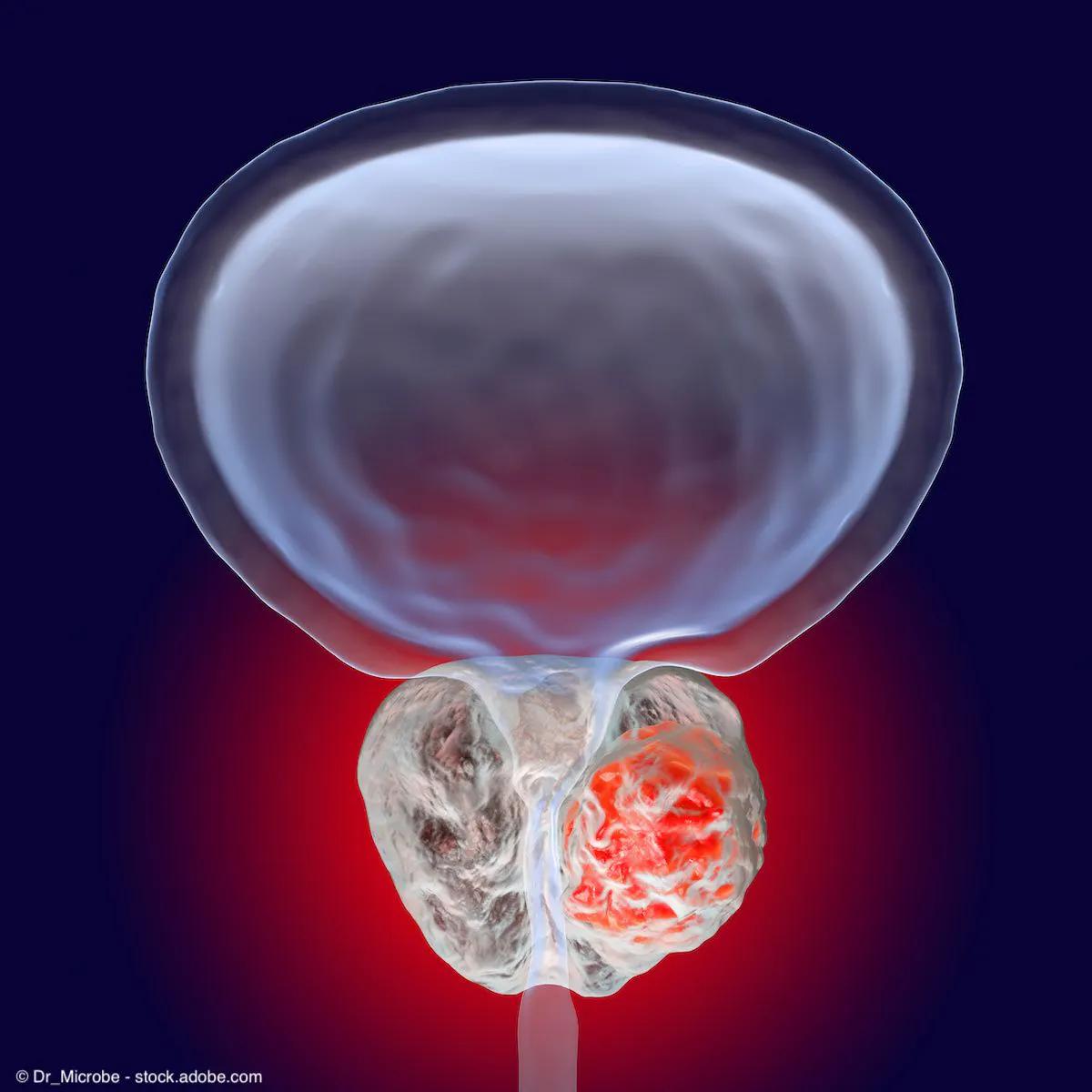News
Article
Post-Void MRIs may enhance understanding of midline radiotracer activity on PSMA PET/CT
Author(s):
PSMA uptake in the prostatic midline is often linked with urine stagnation in the prostatic urethra and can lead to misinterpretation on PSMA-PET/CT,” the authors wrote. “Using post-void MRIs may help reduce false positives.”
A study presented at the 2024 ASCO Genitourinary Cancers Symposium suggested that post-void MRI may facilitate improved clarity regarding the nature of midline PSMA radiotracer uptake on PET scans for patients with localized, high-risk prostate cancer.1
The researchers emphasized that clinicians may misread PSMA activity within the prostatic urethra as intraprostatic lesions. Accordingly, they recommended subsequent assessment with MRI.

For the study, researchers reviewed PSMA-PET and T2W MRI imaging for 84 patients with localized, high-risk prostate cancer. Sixty-eight patients had no midline prostate activity on PSMA PET and 16 patients who had had midline radiotracer activity with 18F-DCFPyL, according to the study.
(Editor’s note: This article has been adapted from its original publication on our sister site Diagnostic Imaging.)
The study authors found that 75% of patients with prostate midline tracer uptake on PSMA-PET had urethral hyperintensity on post-void MRI exams in comparison to 31% of patients with no midline tracer activity on PSMA PET imaging.
For patients with urethral hyperintensity on post-void MRI exams, researchers noted significantly increased mean axial (7.25 mm vs. 2.81 mm) and sagittal (12.25 mm vs. 5.43 mm) prostatic urethral measurements in comparison to MRI findings for those with no prostate midline tracer uptake on PSMA-PET imaging.
“Our findings suggest that PSMA uptake within the midline of the prostate is more commonly observed in patients with a prominently visible prostatic urethra at MRI, a finding that is likely associated with the stagnation of urine containing PSMA tracer,” wrote lead study author David G. Gelikman, an MRSP research scholar at the National Institutes of Health in Bethesda, MD, and colleagues.
The researchers emphasized that clinicians may misread PSMA activity within the prostatic urethra as intraprostatic lesions. Accordingly, they recommended subsequent assessment with MRI.
“PSMA uptake in the prostatic midline is often linked with urine stagnation in the prostatic urethra and can lead to misinterpretation on PSMA-PET/CT,” noted Gelikman and colleagues. “Using post-void MRIs may help reduce false positives.”
Reference
1. Gelikman DG, Gonzalez EM, Lindenberg L, et al. Effect of urinary stagnation in the prostatic urethra on generating false-positive midline lesions on 18F-DCFPyL PSMA PET/CT. J Clin Oncol 42, 2024 (suppl 4; abstr 270). doi: 10.1200/JCO.2024.42.4_suppl.270















